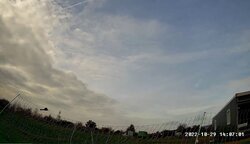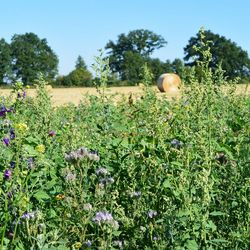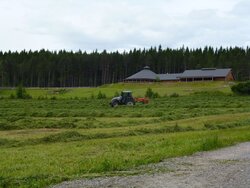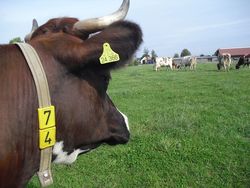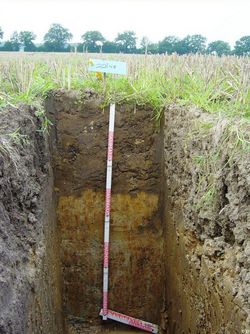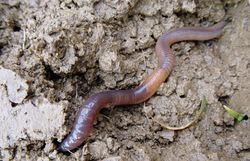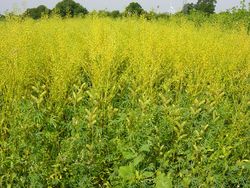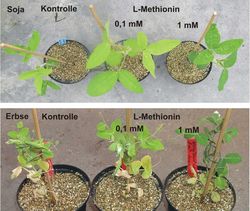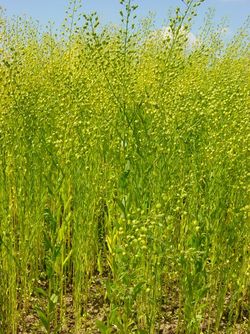The working group resource efficiency analyses production systems and farms based on material flow models. In special field trials and farm assessments we work on the following topics: Food and fuel – Concepts of plant production for renewable energy with low area demand and improved biodiversity (mixed cropping of cereals and grain legumes with oil crops, use of straight vegetable oil as fuel for agricultural machinery, short rotation coppices as landscape element, nutrient and carbon flows in organic farming (crop rotation comparison Trenthorst, phosphorus-flows in organic farms), fertilisation in organic farming (phosphorus use from biomass ashes, macro- and micronutrients in livestock manures), climate effects of production (animal welfare needs and effects on green house gas emissions in milk production, green house gas emissions after ploughing grassland and clover grass.
Scroll to top

![[Translate to English:] [Translate to English:]](/media/_processed_/8/e/csm_Bildschirmfoto_2021-03-03_bearb_fc48ac88bf.jpeg)
![[Translate to English:] [Translate to English:]](/media/_processed_/8/e/csm_Bildschirmfoto_2021-03-03_bearb_ba3ec0e9d7.jpeg)


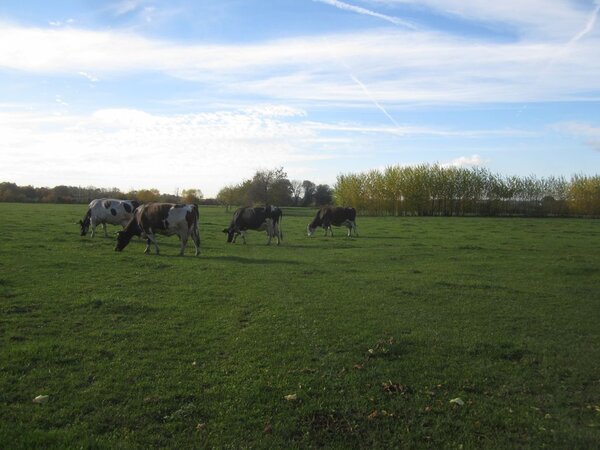
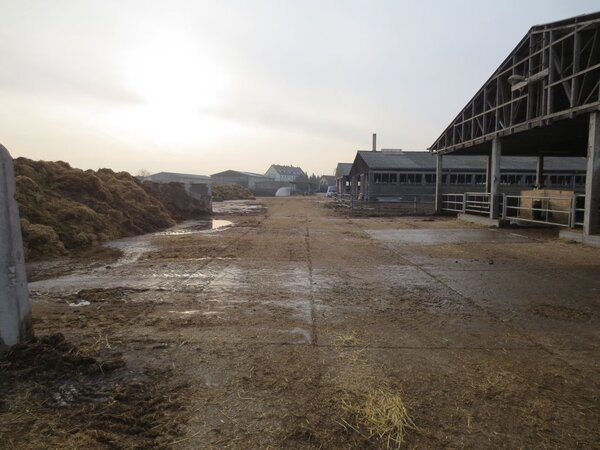
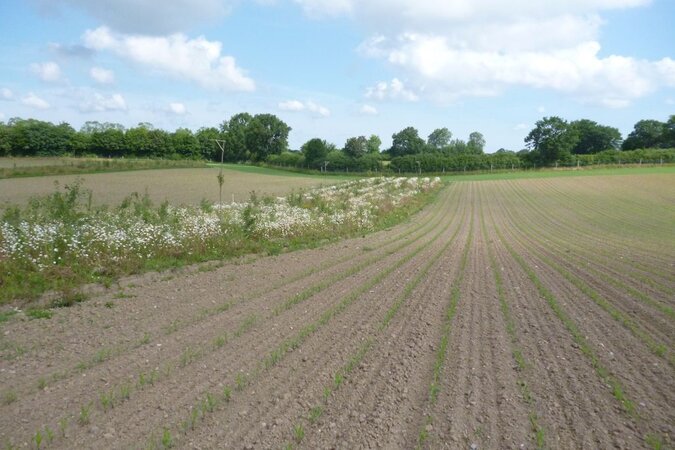
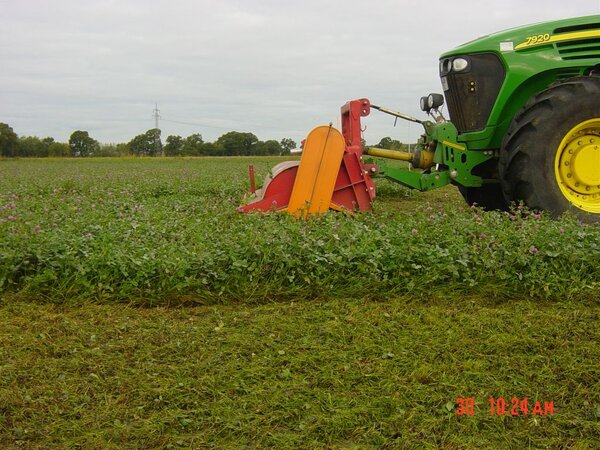

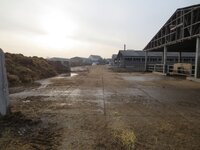
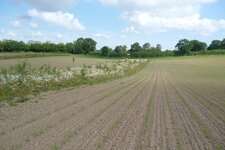
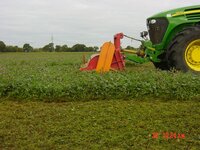



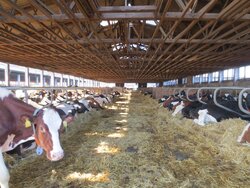

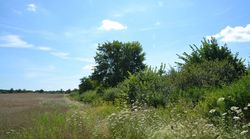
![[Translate to English:] Establishment of a silvoarable agroforestry system for the production of high value timber](/media/_processed_/b/c/csm_Projekt_Agroforst_Wertholz_Image3_4e624c12eb.png)
![[Translate to English:] RindforNet](/media/_processed_/d/c/csm_Projekt_RindforNet_-_RindforNet_Logo_1d9ca1adc3.png)
